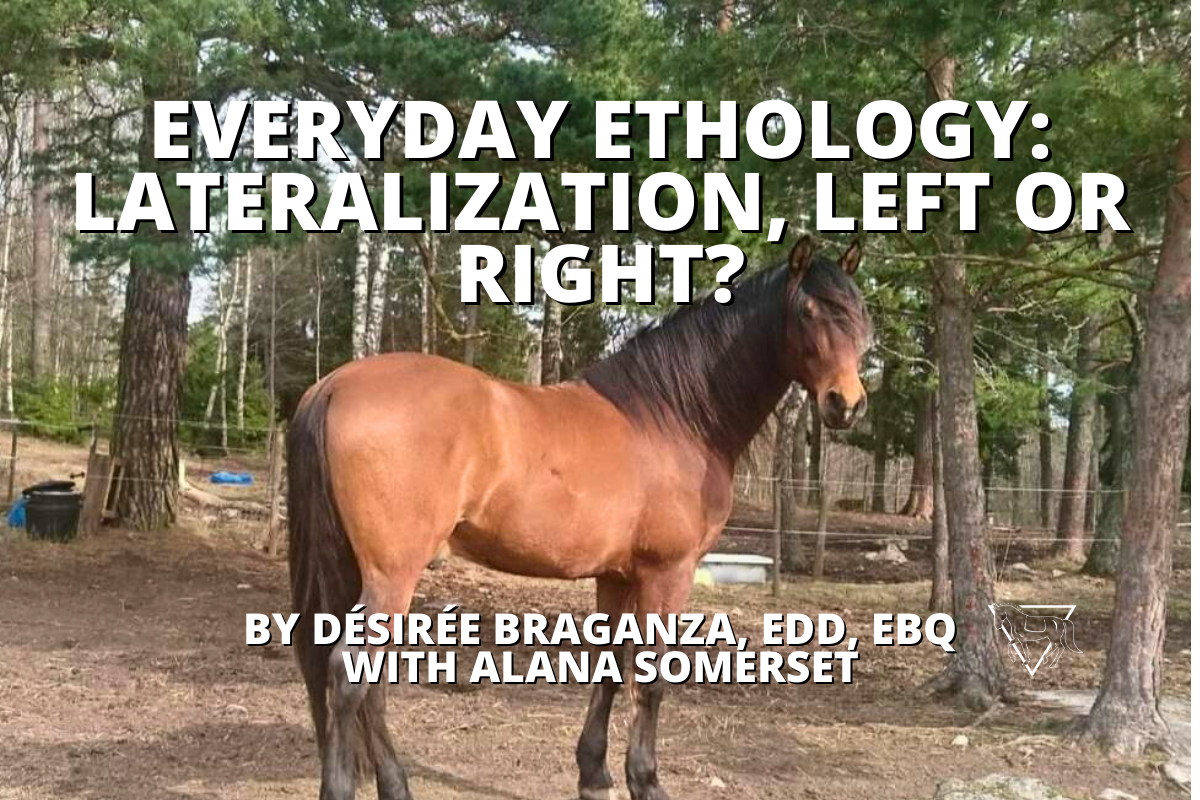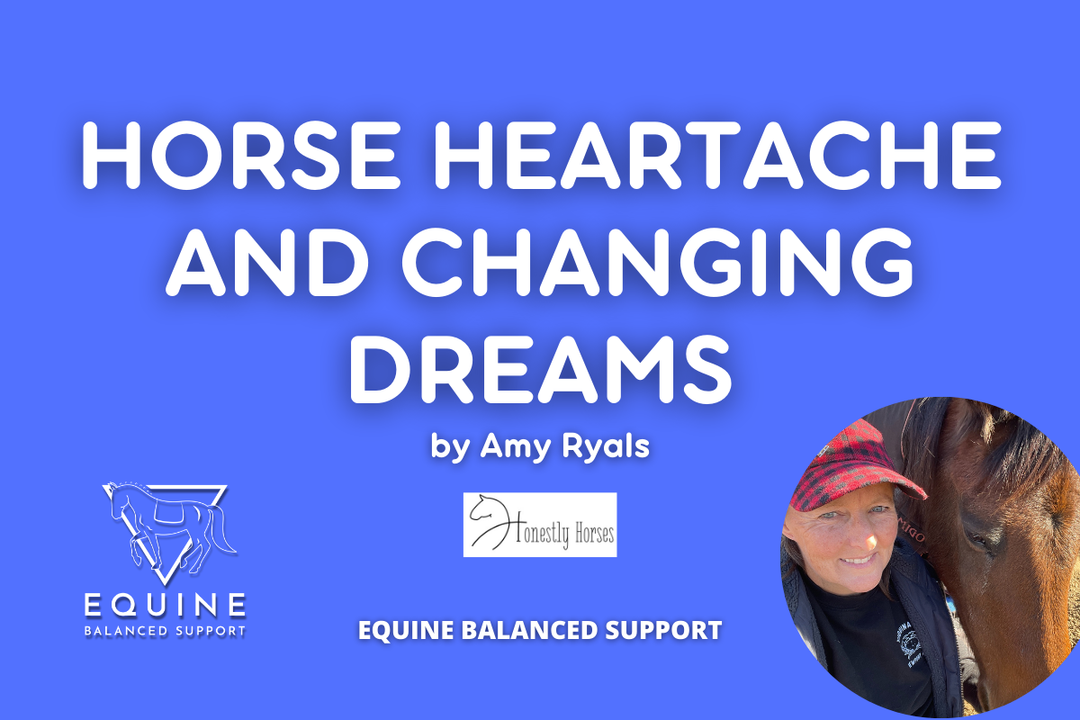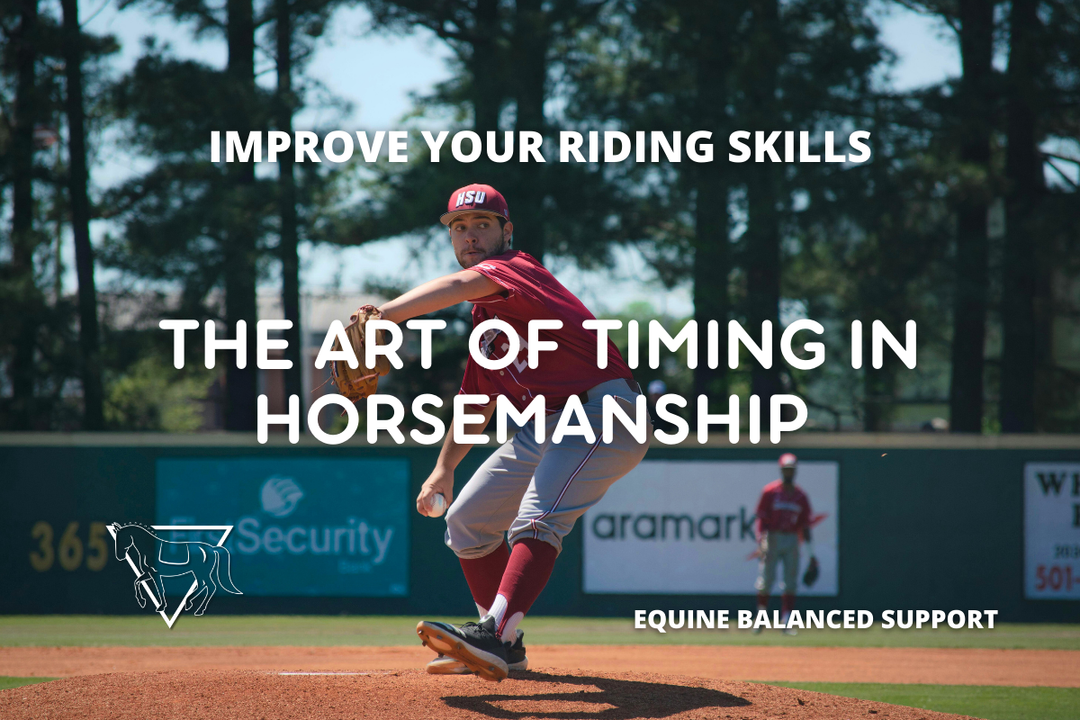Everyday Ethology: Lateralization, Left or Right?

Everyday Ethology by Désirée Braganza, EdD, EBQ with Alana Somerset
Lateralization, Left or Right?
Lateralization - the tendency to favor one side of the body over the other - is a fascinating aspect of movement and behavior in both humans and horses. I recently discussed this topic with Alana Somerset, a veterinary physiotherapy student, and our conversation shed light on how lateralization influences horses in both natural and domestic environments.
Lateralization in Wild Horses
Research confirms that horses, like humans, exhibit lateralization. In wild or semi-wild herds, this tendency often extends beyond the individual to a collective level, with many herd members sharing the same lateral bias. This synchronization enhances group movement, which can be especially useful when navigating rough terrain or responding to threats (Austin & Rogers, 2012).
A herd moving in coordinated motion may confuse predators or improve overall agility. Additionally, lateralization helps horses adapt to varied landscapes, allowing them to compensate for uneven footing by relying on their stronger or more precise side. Some researchers suggest that lateralized motor control may also conserve cognitive resources, enabling horses to focus on environmental scanning and social interactions (Rogers, 2010).
Lateralization in Domestic Horses
In domestic settings, however, symmetry is often the expectation. Disciplines like dressage prize even movement and muscle balance, while jumping disciplines emphasize lead changes. While symmetry supports athletic development, it’s important to recognize that natural lateral preferences are not flaws but inherent traits.
Horses in training often favor one side, and this preference may shift with age, activity level, or training approach. That said, distinguishing between natural lateralization and physiological asymmetry is complex. As Haussler et al. (2021) point out, altered gait patterns or subtle asymmetries can impact performance, but their variability is significant. Demanding strict symmetry without considering a horse’s innate tendencies may overlook the importance of movement patterns that feel most stable and secure to them.
Many training standards, such as enforcing “correct” leads in the arena, stem from human-designed spaces rather than a horse’s natural needs. Instead of viewing asymmetry as a problem, we can adopt a more horse-centered approach by observing and respecting individual movement tendencies. From this foundation, conditioning can be introduced in a way that prioritizes comfort and well-being.

But How Crooked?
To better assess asymmetry, we asked Kathy Sierra, an expert in equine neuroscience, movement patterns, and exercise physiology, to weigh in:
“There is no credible scientific evidence that asymmetry causes greater injury risk. It has been correlated, but so have a thousand other things. For that matter, every human athlete with an injury will likely also be ‘crooked.’ But that in no way means ‘crooked’ was the cause. However, there is a problem that is often found in horses with more extreme asymmetry - natural or not - and that is having a too-small toolkit of movement options.”
(K. Sierra, personal communication, February 2025).
She explains that repetitive stress is a primary contributor to injury in sport horses:
“A horse with extreme asymmetry is not using enough of their body capacity, so they keep putting stress over and over on certain body parts. A horse showing less asymmetry means they have more ability to use more of their tissues in movement, so they do not keep repeating the same movement over and over in exactly the same way.”
(K. Sierra, personal communication, February 2025).
This perspective shifts the conversation from “correcting” asymmetry to expanding a horse’s movement options, reducing repetitive strain while respecting their natural biomechanics.
Practical Implications
What does this mean for riders and trainers? It starts with recognizing that lateral preferences serve a purpose. Instead of forcing rigid symmetry, we can support our horses:
- In Training: Rather than insisting on a specific lead change, consider whether a horse’s chosen lead feels more stable for the task. Incorporate varied disciplines, free movement, and play to encourage natural adjustments.
- In Conditioning: Strengthen the weaker side gradually with exercises like lateral work or pole exercises. Offer horses opportunities to move across different terrains independently.
- In Observation: Track changes in lateral preferences, as shifts may indicate discomfort or evolving strength rather than a training flaw.
Understanding lateralization invites us to rethink equine movement and training. Instead of striving for artificial symmetry, we can appreciate the functional and evolutionary advantages of lateral preferences. By respecting these natural tendencies, we foster a deeper partnership—one built on mutual understanding rather than imposed ideals.
So, the next time someone comments on your horse’s “incorrect” lead, you can smile, knowing that their movement is natural, functional, and perfectly suited to them in that moment.
Further Reading and Resources
- Kathy Sierra - Equine neuroscience, movement patterns, and exercise physiology (Pain Science Workshop)
- Jenny Hagan, DVM, PhD, CF - Articles on equine movement and asymmetry
- Haussler, K. K., le Jeune, S. S., MacKechnie-Guire, R., Latif, S. N., & Clayton, H. M. (2021). The challenge of defining laterality in horses: Is it laterality or just asymmetry?
- McGreevy, P. D., & Rogers, L. J. (2005). Motor and sensory laterality in thoroughbred horses. Applied Animal Behaviour Science, 92(4), 337-352.
- Rogers, L. J. (2010). Relevance of lateralization for survival in the
wild. Behavioural Brain Research, 208(2), 180-186. - Austin, N. P., & Rogers, L. J. (2012). Lateralization of agonistic and vigilance responses in Przewalski horses (Equus ferus przewalskii). Animal Behaviour, 83(1), 239-247.
- Murphy, J., & Arkins, S. (2008). Left-sided lateral bias in horses during their interactions with humans. Animal Welfare, 17(3), 337-345.
- Casasanto, D. (2011). Different bodies, different minds: The motor system’s role in abstract thought. Current Directions in Psychological Science, 20(6), 393-398.
And the many freely available research studies on equine behavior and welfare.
About the Authors
Désirée Braganza, EdD, EBQ, received her equine behaviorist qualifications from the Natural Animal Centre, then located in the UK and South Africa. As a member of Bodhi Horse Practice, she collaborates with equine professionals worldwide on research projects specific to experiences of domesticated horses from an ethological lens. She is a horse mom, a rider, and has cared for and supported numerous horses over the years. Désirée recently relocated from Northern California and is now based in Athens, Georgia, USA. She consults internationally in-person and virtually.
Alana Somerset is a Veterinary Physiotherapy student at Plumpton College which is part of the Royal Agricultural University in the UK. You can connect with her through her Instagram: @wild_tensegrity or her website.






Leave a comment